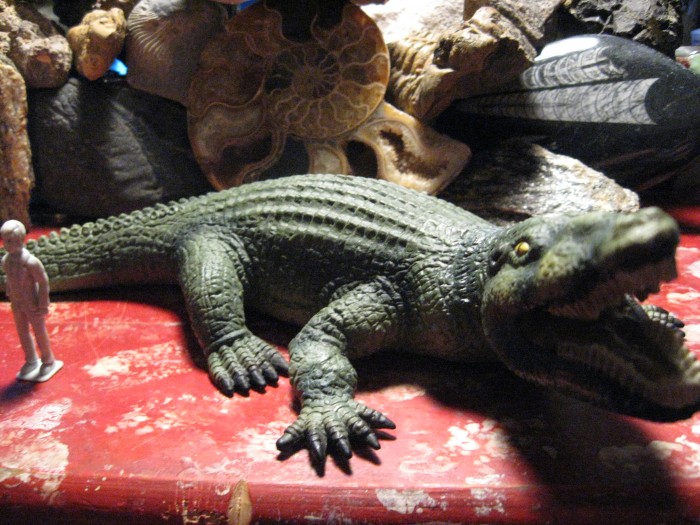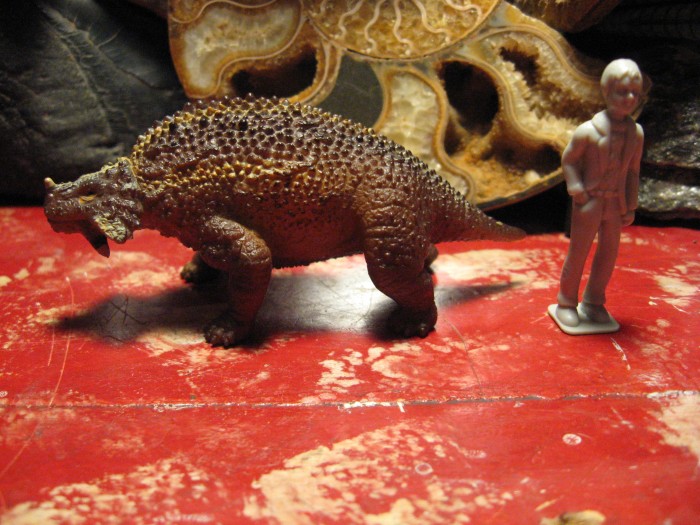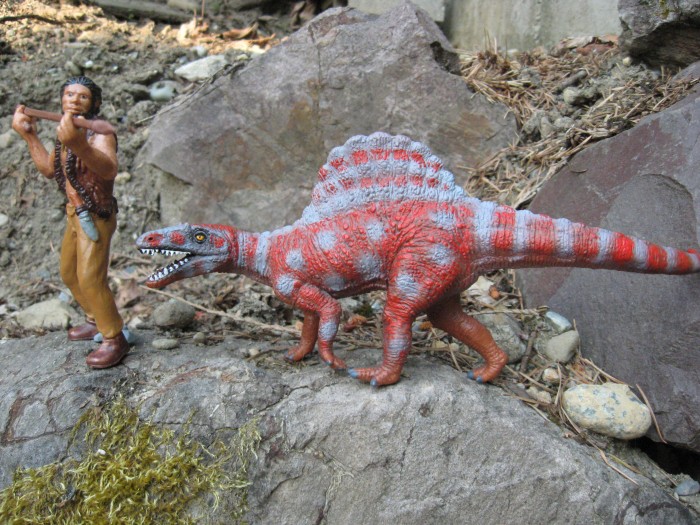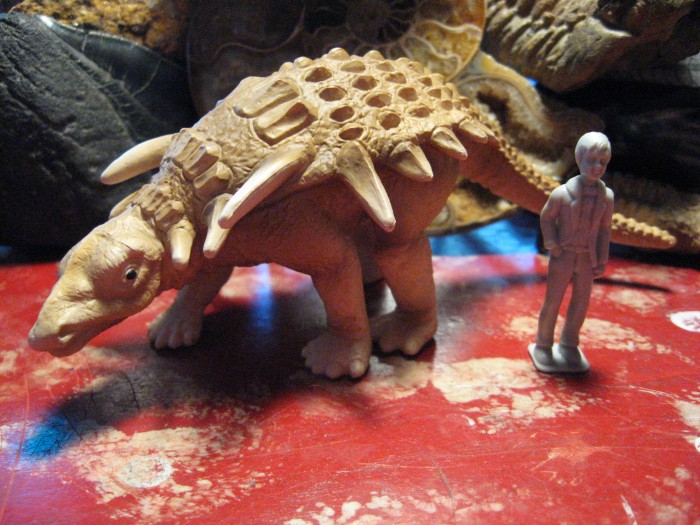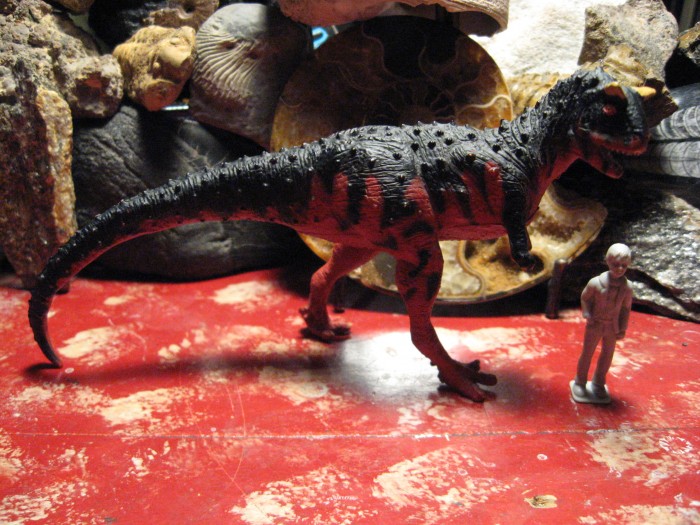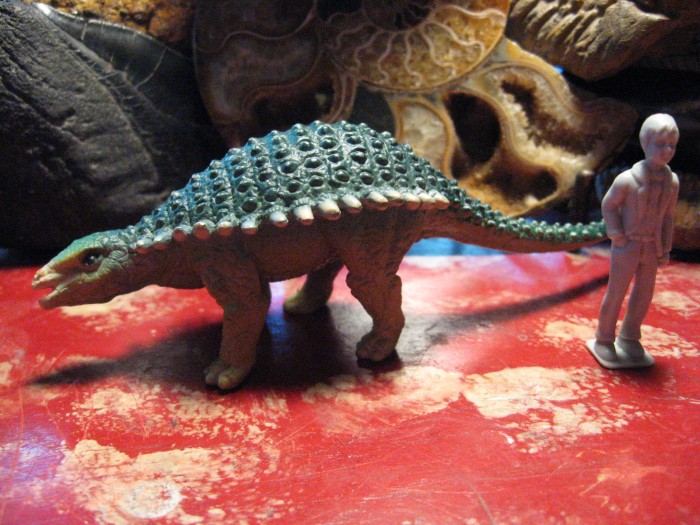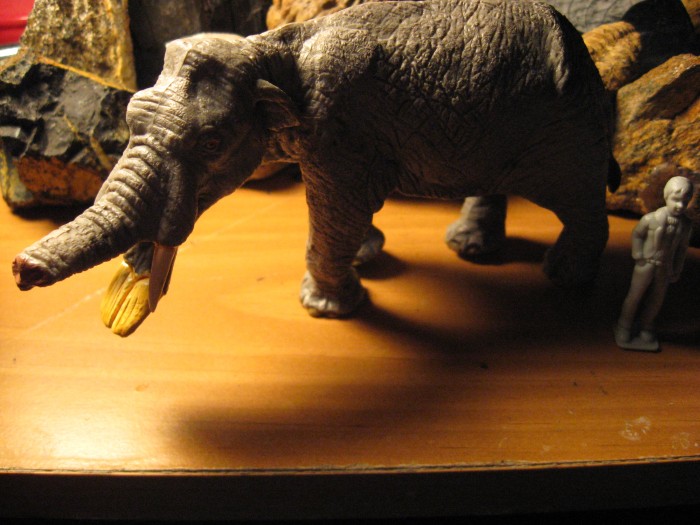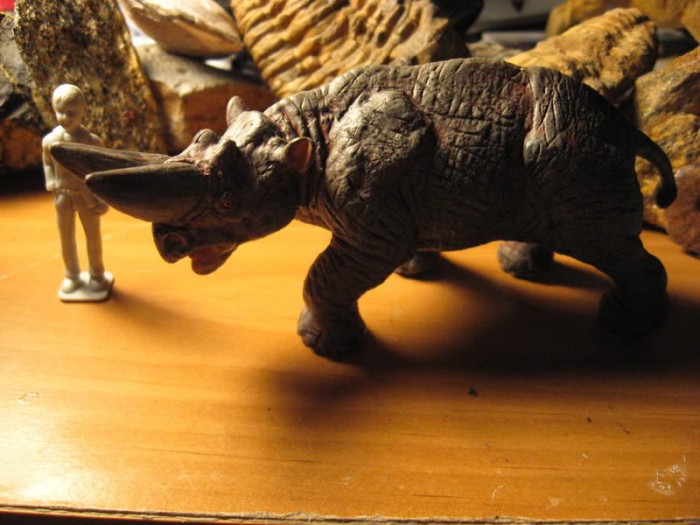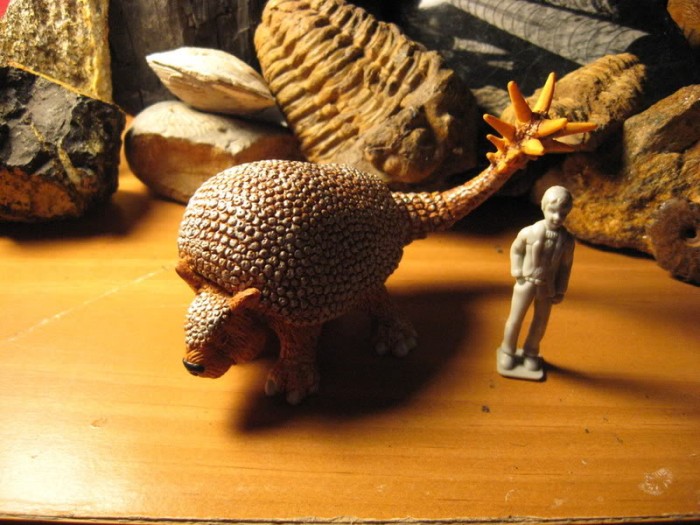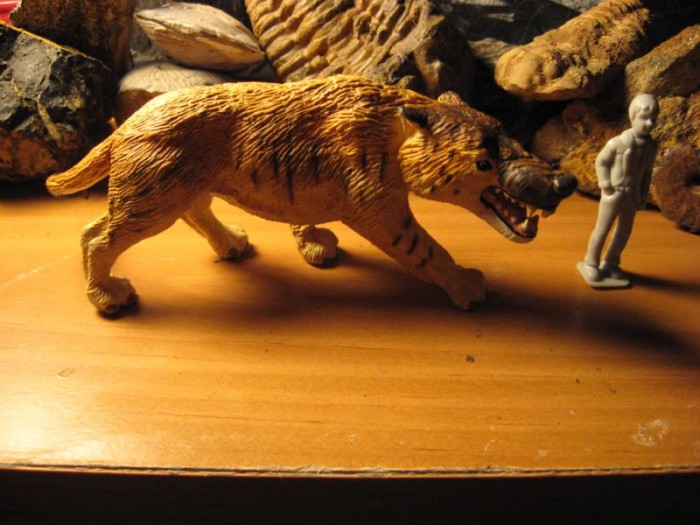Review: Parasaurolophus (2007 version) (Replica-Saurus by Schleich)
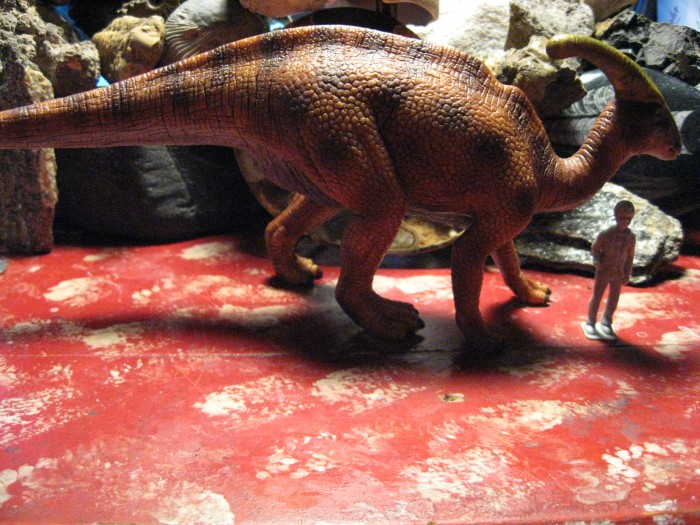
4.6 (16 votes)
Parasaurolophus is a well known lambeosaurine dinosaur from Late Cretaceous North America, where it lived near the Western Interior Seaway. It sported a large crest on its skull which may have been used for making vocalizations and has caused this genus to be easily recognizable to the public.

 My name is Adam Frugé. I go by itstwentybelow on the forums. I have been fascinated by paleontology since I was three years old and have visited numerous fossil sites across North America, including Dinosaur Provincial Park in Alberta, Canada and Dinosaur National Monument in Utah, USA. I have displayed part of my collection in a state fair. In addition to dinosaur figures I also collect fossils. I currently live in Pullman, Washington where I am studying Anthropology at Washington State University, with special interest in human evolution and archaeology.
My name is Adam Frugé. I go by itstwentybelow on the forums. I have been fascinated by paleontology since I was three years old and have visited numerous fossil sites across North America, including Dinosaur Provincial Park in Alberta, Canada and Dinosaur National Monument in Utah, USA. I have displayed part of my collection in a state fair. In addition to dinosaur figures I also collect fossils. I currently live in Pullman, Washington where I am studying Anthropology at Washington State University, with special interest in human evolution and archaeology.